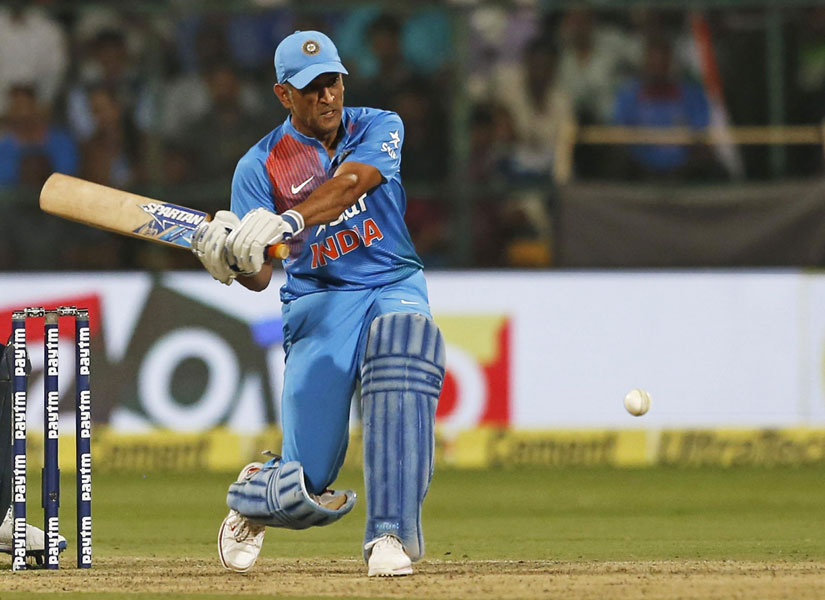On the day this year’s IPL started the anchor asked Sunil Gavaskar: who were more important in the T20 format, batsmen or bowlers? Gavaskar said batsmen because they could play for 20 overs while bowlers could play only for four.

He also pointed down to the four players who had just been honoured. “All are batsmen,” he said, “which proves my point.”
Gavaskar was a batsman and his bias is understandable. But had he been an economist, like I am, he would have immediately seen that it is the bowlers who get the better deal.
He would also have ignored the fact that they work so hard and are humiliated even by mediocre batsmen who hit them for sixes even of perfectly good balls. And he would not have ignored the fact that although in absolute terms the batsmen get paid more, in the effort-reward ratio it is the bowlers who do better.
The basic economics fact is that bowlers are the winners because this effort-reward ratio is heavily skewed in their favour.
If a bowler manages to play 100 T20 matches over his career, he is expected to bowl only 400 overs and can expect to earn at least Rs 1 crore for bowling just those 400 overs.
Thus, typically, if a bowler manages to play 100 T20 matches over his career, he is expected to bowl only 400 overs and can expect to earn at least Rs 1 crore for bowling just those 400 overs. Yes, that’s all, just 400 overs.
Nor is there any requirement that he should take any wickets, whereas a batsman is expected to score at least one run. In contrast all that a bowler has to do in his quota of 24 balls per match is to bowl 10 or 11 dot balls off.
Less effort, more money
In other words, a bowler earns merely by being in the team. Nothing else is needed. He just needs to keep it tight by bowling stump-to-stump which is the equivalent of batsmen taking only singles.
Not just that: for a bowler conceding 28 runs in four overs without taking a wicket is regarded as a good performance. Compare that to what is expected of a batsman and you get the picture. Batsmen have to score runs at the rate of at least two per ball over half a dozen matches if they want to remain in the team.
The bar is kept very low for bowlers in other terms as well because viewers go to see runs scored and no one really cares if a bowler gets bashed without taking wickets. Nor does anyone remember a good ball or a great bowling spell. After all, how great can it be in just 24 balls?
The point Gavaskar missed is simple: it is productivity that matters whichever way we measure it. In terms of what they earn for the effort they put in, the bowlers win hands down.
Other sports
The contrast is sharp not just within cricket but also with other sports. Nowhere else are the expectations as low as they are from a bowler.
Arguably, goalkeepers in football and hockey can be compared to the bowlers. Theoretically, it is possible in both games for them to do nothing but just stand there and earn a lot of money. The other 10 players could and do ensure that the ball goes nowhere near their goalpost.
True, that the goalie has no one but himself to blame if and when things go wrong. Yet, his rewards are nowhere near those of a bowler although the near-monopoly over preventing defeat should fetch him much higher rewards.
Even in basketball, where there are just five players on each side, it might just be possible, at least in theory, for one player on each side to do nothing but run up and down and not touch the ball even once. But that is not what is expected of them. They would be dumped soon.
In tennis, it is possible, again in theory, for a match to be over in 72 points. This would happen if there are 36 aces and 36 un-returnable returns of service. But the effort level required there would be so great as to make the reward come close to infinity.
Viewers go to see runs scored and no one really cares if a bowler gets bashed without taking wickets. Nor does anyone remember a good ball or a great bowling spell.
No T20 bowler comes anywhere close in terms of effort but gets pretty close to it in terms of reward. A T20 bowler’s returns are almost infinite in relation to his productivity. The only other profession that resembles that of T20 bowlers is the Indian bureaucracy — low performance expectations and very high rewards. That is why so many people want to work for the government.
The moral: all parents should ask their sons and daughters to be bowlers instead of batsmen. The glamour may lie in batting but the money is in bowling.








